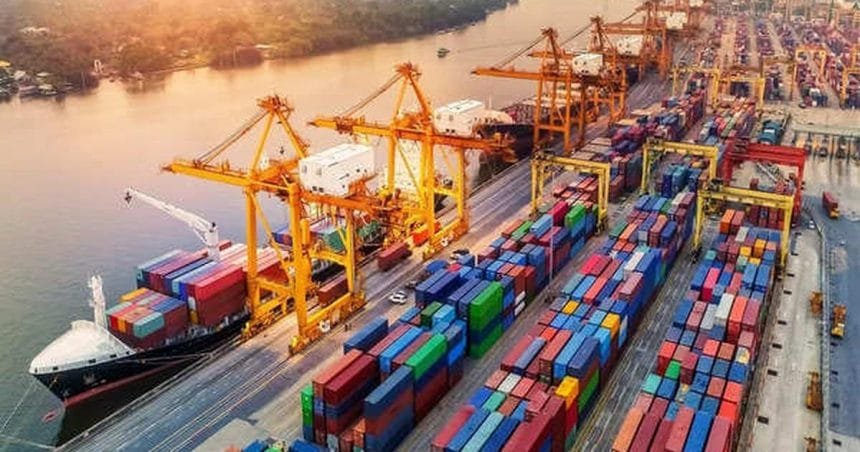Top 10 African countries with the highest trade exports within the continent, Additionally, trade strengthens the overall economic prospects of the continent by contributing to the growth of its GDP.
When compared with other regions, intra-African trade which contributes just about 15% to Africa’s total trade comes far below the scoreboard unlike Asia (58%), and Europe – (over 70%).
Intra-African trade involves both imports and exports and majorly involves the trade of goods and services across the continent from country to country. These goods range from different categories like fuels, machinery, vehicles, ores, slag and ash, and iron and steel.
The African Trade Report (2024) lists the top five traded goods during the period as; mineral fuels, machines/mechanical appliances, fertilisers, Iron/steel and vehicles.
 Join Our WhatsApp Group
Join Our WhatsApp GroupDon’t miss out on any real-time information. Join our WhatsApp group to stay updated.
Several African countries have been at the forefront of bolstering trade in the continent and according to the African Trade Report (2024) published by the African Export-Import Bank (Afreximbank), the following countries were responsible for fostering cross-border commerce across the continent.
| Rank | Country | Intra Africa Import ($) | Intra Africa Export ($) | Total Intra Africa Trade($) |
|---|---|---|---|---|
| 1 | South Africa | 29.6 | 9.59 | 39.19 |
| 2 | Côte D’IVoire | 11.38 | 4.7 | 16.08 |
| 3 | Egypt | 6.61 | 1.63 | 8.24 |
| 4 | Nigeria | 5.63 | 2.36 | 7.99 |
| 5 | Zimbabwe | 2.9 | 4.73 | 7.63 |
| 6 | Mali | 2.52 | 5.03 | 7.55 |
| 7 | Ghana | 6.02 | 1.33 | 7.35 |
| 8 | Zambia | 3.17 | 3.75 | 6.92 |
| 9 | DR Congo | 3.34 | 3.55 | 6.89 |
| 10 | Namibia | 3.15 | 3.12 | 6.27 |
On a regional scale, Southern Africa emerged as the intra-African trade powerhouse as it accounted for a larger share of intra-African trade in 2023. West Africa sealed its position as the second largest region for intra-African trade, accounting for 25.7% of total intra-African trade during the period.
East Africa emerged as the third-largest intra-African trading subregion contributing 14.1% while North and Central Africa accounted for about 12.4% and 6.6% respectively, of total intra-African trade.
According to the Trade in Transition report, a research programme led by Economist Impact, several factors have been noted to actively hamper intra-African imports and exports which include Increased inflation and economic uncertainty, higher transport costs, unfavourable foreign exchange, political instability and high tariff costs.
The introduction and subsequent ratification of the African Continental Free Trade Agreement (AfCFTA) is expected to resolve some of these bottlenecks and also boost intra-African trade by 52.3% by 2025, increasing Africa’s income by up to US$450 billion by 2035.
Turo247News is on WhatsApp!
CLICK HERE TO JOINShare News with us via Email: turo247newz.com@gmail.com
Join Our Social Media Channels- WhatsApp: Turo247 News Room
- Facebook: Turo247newz
- Twitter: @turo247newz
- Instagram: @turo247newz
- Tiktok: Turo247newz












